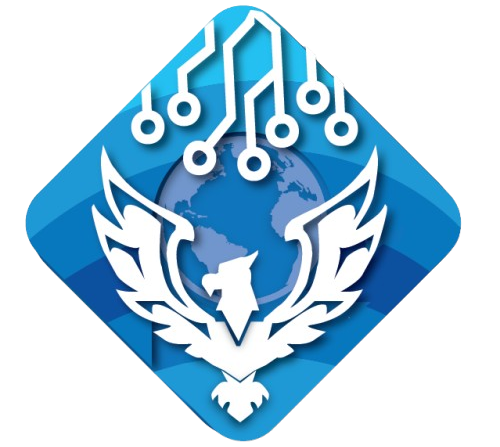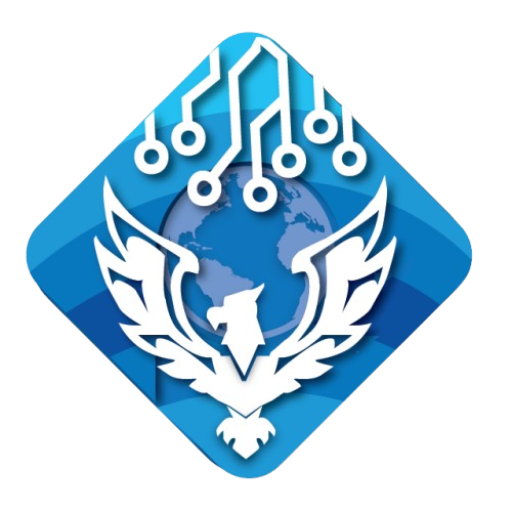This approach operates under the idea that those closest to the enterprise context are greatest positioned to manage and deliver worth from their information. This information will help you choose between data mesh and information fabric and design a knowledge platform that effectively addresses the wants Software engineering of the tip customers. Each knowledge mesh and data material can tackle knowledge high quality challenges, however they do so with completely different strategies. That is because teams might not have the autonomy to explore new applied sciences and method greatest suited to their domain necessities. This makes it easier for customers to access and analyze data from a quantity of sources, lowering the effort and time required to generate insights.
- Like any product, data should be constantly improved based on feedback, guaranteeing it remains valuable and accessible to a broad vary of stakeholders, together with cross-functional teams.
- If information quality and trust are driving elements, then the information fabric method could be better because it helps in centralizing knowledge governance, thereby ensuring constant high quality throughout the organization.
- It’s critical to note that each knowledge cloth and data mesh are rising approaches to data administration.
Benefits Of Knowledge Material
This shift could also be challenging for organizations with a deeply ingrained centralized knowledge management tradition. Knowledge Mesh is designed to be extremely scalable, as particular person domains can independently manage and scale their data merchandise. This decentralized approach allows domains to adapt rapidly to changing business necessities and scale their data capabilities as needed. Nevertheless, sustaining consistency and adherence to global standards across a highly distributed structure may be difficult. Information material is a kind of information architecture during which data is provisioned through a unified built-in entry layer that’s Data Mesh and Data Fabric out there throughout an organization’s IT infrastructure.
Core Variations In Method
Information fabric is an information management concept, and it’s often referred to as an approach. Knowledge mesh and data material are distinct yet complementary approaches to managing data and making insights accessible to business teams and particular person users who must work with it. A data fabric is a new kind of data management system that uses automated knowledge integration or information engineering to create a categorized setting.

Meanwhile, the information material centralizes safety and governance practices, streamlining the implementation and enforcement of those standards. Knowledge mesh enables area teams to implement data high quality measures which might be specific to their domain requirements. The knowledge fabric advocates for organising a unified data layer to supply a single source of reality for information. As A Substitute of consolidating all data into a single centralized information warehouse or lake, information mesh employs federated information architecture. The structure allows data to stay distributed throughout totally different data stores, such as databases, information lakes, or information warehouses whereas remaining interconnected through standardized interfaces and protocols. This strategy offers the flexibleness to choose the proper storage and processing applied sciences for every domain’s specific needs.

When you opt for Knowledge Mesh structure, be ready for some major adjustments in how your organization works. It’s not only https://www.globalcloudteam.com/ about know-how but about shifting mindsets and restructuring teams round enterprise domains. Unified entry to numerous knowledge sources enables more complete analytics and choice help. Enable the enterprise to speed up AI and analytics with AI-ready data merchandise – pushed by unified information and autonomous efficiency.
Since its uniquely metadata-driven, the abstraction layer of a knowledge fabric makes it simpler to mannequin, combine and question any data sources, build information pipelines, and integrate data in real-time. A information fabric additionally streamlines deriving insights from knowledge through better knowledge observability and data high quality by automating manual tasks throughout data platforms utilizing machine studying. This improves information engineering productiveness and time-to-value for information shoppers. The information cloth structure is designed to handle numerous ranges of diversity, distribution, and complexity of knowledge assets. Knowledge entry, control, and security are also improved, due to metadata and centralized information engineering. It leverages team experience to create and design a business-oriented information product.

Information Cloth, with its centralized approach, may have an inherent advantage in making certain knowledge quality and consistency, as knowledge is managed and governed by a central team. However, it might also face challenges in managing various data sources and ensuring knowledge high quality at the level of ingestion, particularly when dealing with external or third-party information sources. The benefits of implementing a Information Mesh embrace empowering domain groups to handle their knowledge, increasing knowledge democratization and accessibility, and aligning knowledge with business wants by treating it as a product. The decentralized nature of the information mesh allows organizations to scale their data management efforts more effectively by distributing duties across domain teams. Information fabric enables organizations to implement consistent knowledge governance, safety, and high quality policies by centralizing data administration.
New views, new aggregations and new projections of knowledge (aka data products) are needed. Choosing between data mesh vs. information cloth architecture is not a one-size-fits-all choice. The selection will depend on your particular enterprise wants, goals, and information environment. Selecting the right knowledge architecture for your corporation depends on your particular requirements and goals. If your group has many various teams that course of and handle knowledge, an information mesh architecture may be a good match.
In this post, we coated how the data material and knowledge mesh frameworks symbolize two distinct approaches to information administration, with every offering unique advantages. Knowledge cloth provides a centralized framework for integrating and managing knowledge, offering distinctive entry, scalability, and governance. Meanwhile, data mesh advocates a decentralized model, empowering domain-oriented teams in specific knowledge domains. In The End, many organizations discover that using both approaches together creates a more flexible and strong data strategy. By leveraging information mesh for decentralized data possession and data cloth for automated knowledge integration, businesses can higher support AI and analytics initiatives. To allow you to resolve what works finest for your business, here’s a closer have a glance at the differences between a knowledge fabric and a data mesh.
This democratization of information enhances collaboration and helps foster a data-driven culture. Information fabric seamlessly integrates disparate data sources, whether they’re on-premises, within the cloud, or on the edge. This integration permits organizations to entry and mix data from numerous sources effortlessly, facilitating a more complete information evaluation. This approach fosters a extra responsive and agile information environment, as every domain has control over its knowledge processes and may tailor its knowledge products to specific needs.
This approach enables groups to supply actionable knowledge based on their specific necessities, avoiding duplication of effort and offering autonomy. For businesses looking to construct the best information structure, the choice between a data mesh and a knowledge fabric can be a challenging one. These two approaches, whereas similar of their objective of organizing information, have some key differences. In this article, we will explore the concept of knowledge mesh and information material, their variations, and their benefits.


